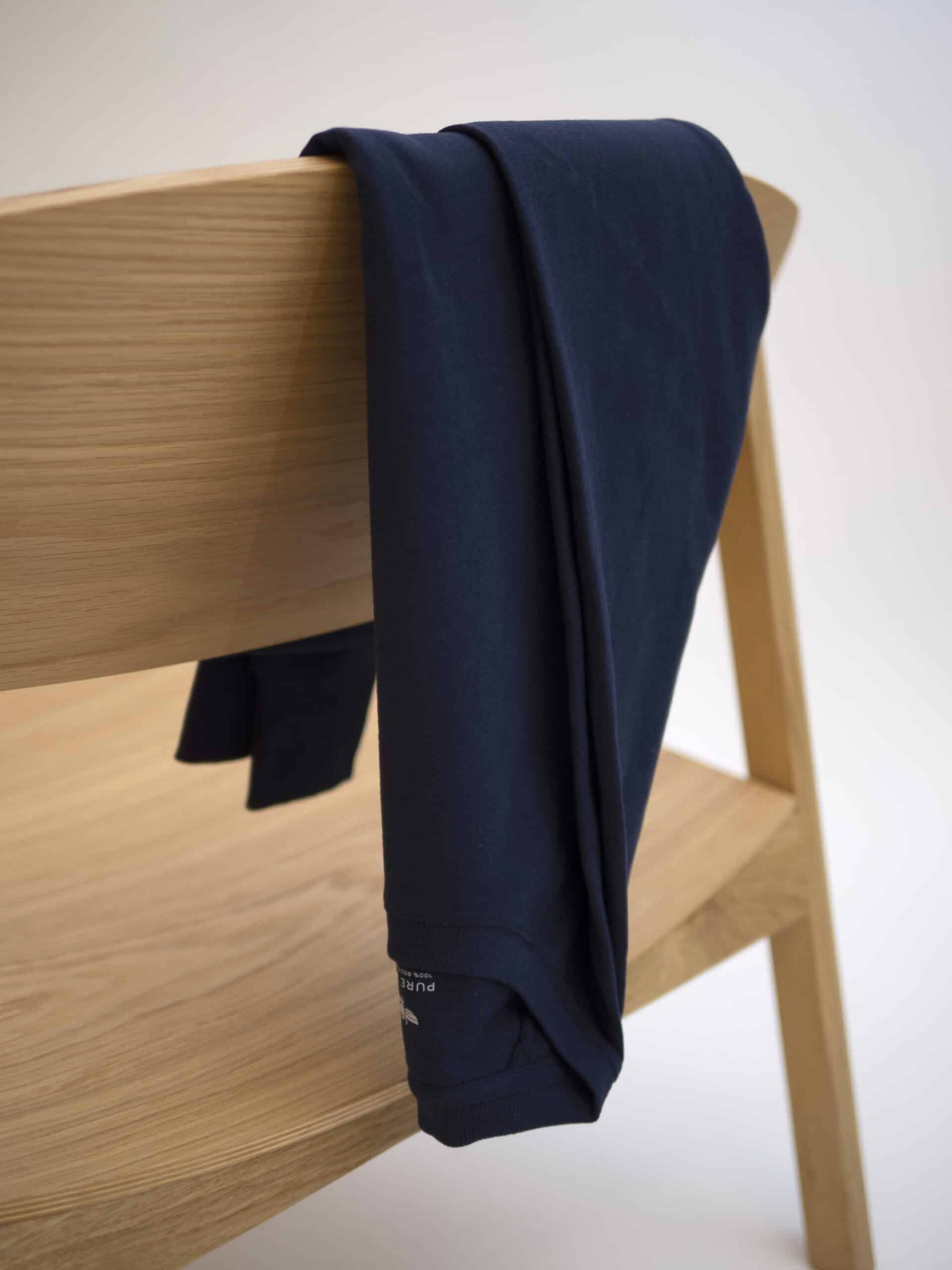Test of Everyday Use of Clothing
The life cycle of a garment does not end at the store, nor do its impacts. Although manufacturing is a key part of the environmental impact in the apparel industry, the use and maintenance of the garment are also significant factors and contribute to the industry's overall impact.

If clothes were used for a more extended period of time, the need for new garments would decrease, thereby reducing emissions. According to a report by Finnish Textile and Fashion, the most effective individual measure to reduce emissions in the Finnish textile and fashion industry would simply be to keep garments in use twice as long as currently (Finnish Textile and Fashion, 2021). Despite the importance of this topic, research on the use of clothing is scarce.
Since we aim for the least emissions possible, the use of our products is also an important area of development and research for us. Our involvement in the Telavalue project, which brings together domestic companies, organizations, and research institutes to renew the textile industry, allowed us to investigate user experiences through research. As part of the project, we conducted a research pilot with the LAB University of Applied Sciences regarding the durability of our clothing in everyday use. The study aimed to examine how our garments' durability and quality are perceived in real-life everyday use.
Minimum Expected Lifetime Study
The Minimum Expected Lifetime study was carried out by LAB University of Applied Sciences from 2021 to 2024. The study focused on some of our most popular classic products, measuring the number of uses and washes over a 4—to 12-month period in the participants' daily lives. In total, 47 participants kept a diary of their garment usage and washings and assessed the wear and expected lifespan of the products based on their consumption.
The results indicated that our t-shirts were estimated to last 8 years and our sweatshirts 10 years, provided they are carefully maintained, stored, and received enough rest between uses. The estimates were based on feedback from the test users and observations made by researchers on the products returned after use.
The results were encouraging and provided us with valuable insights into how our garments are used and cared for and how their durability and quality are perceived in use. However, the results are not entirely conclusive, and questions arose that require further research, which we intend to explore more thoroughly. One particularly important factor in the longevity of garments is abrasion, the intensity of which can vary significantly among different users.
Increasing Information as a Development Focus
The research highlighted the importance of garment care in extending their lifespan. The researchers suggested that we offer more in-depth care instructions and also include storage instructions for our products. Additionally, the researchers recommended indicating the garments' manufacturing date to make tracking their age easier.
In the future, when our products have digital product passports, we will have more tools to address these development points. The digital product passport will allow us to store much more comprehensive and diverse information than what is printed on care labels. We see the digital product passport as a valuable tool to increase transparency in manufacturing but also to support the maintenance and longevity of the product.
We aim for our garments to be part of a sustainably functioning circular economy, where impacts are minimized at every stage of the product life cycle.
*The expected lifespan has been estimated as the social lifespan, meaning the period during which the garment remains presentable for its original intended use.
Source: Suomen Tekstiili- ja Muoti ry, 2021. Suomalaisen tekstiili- ja muotialan globaalit ilmastovaikutukset.